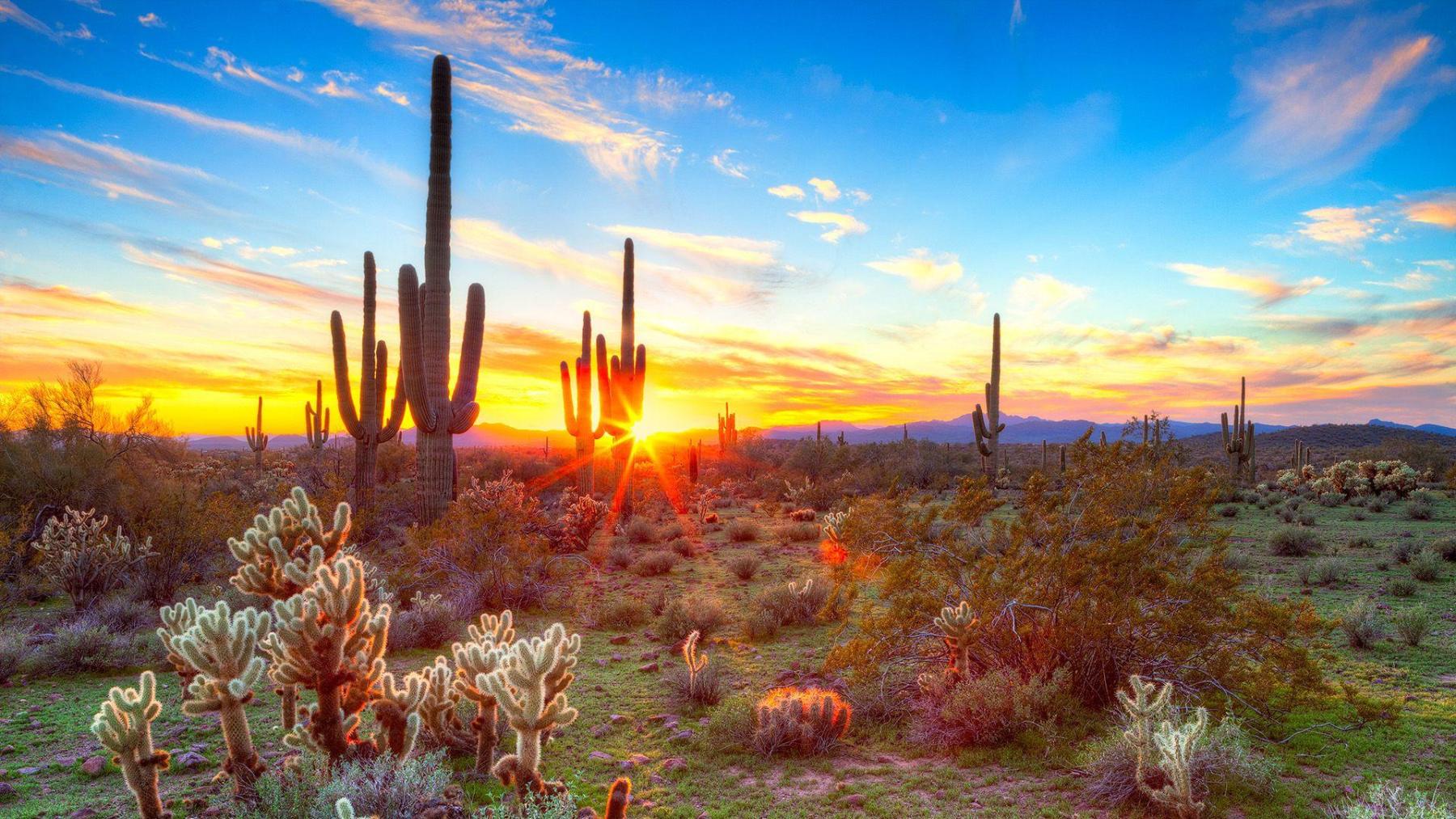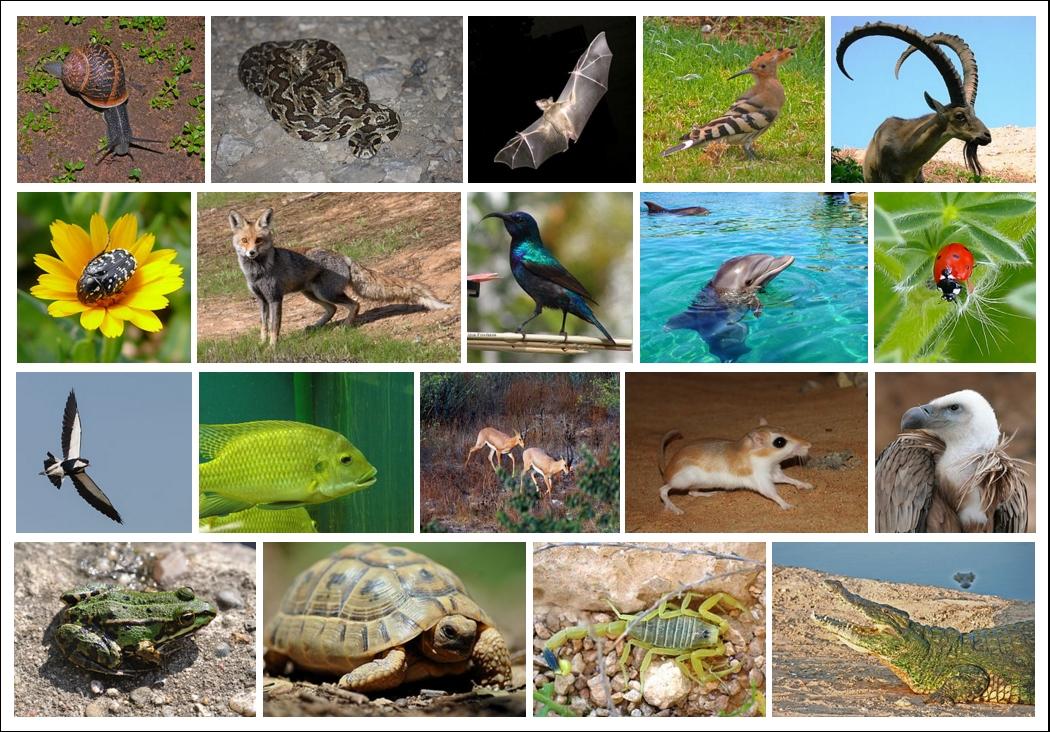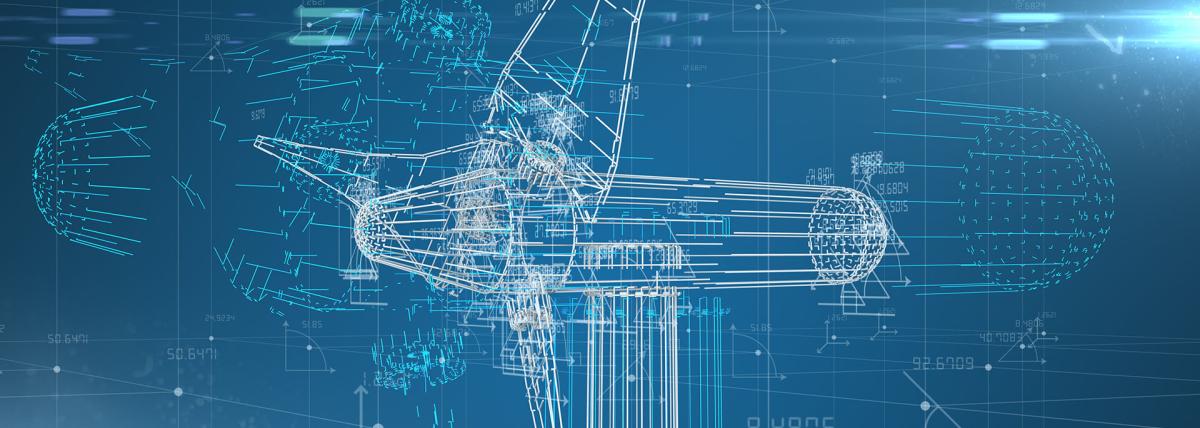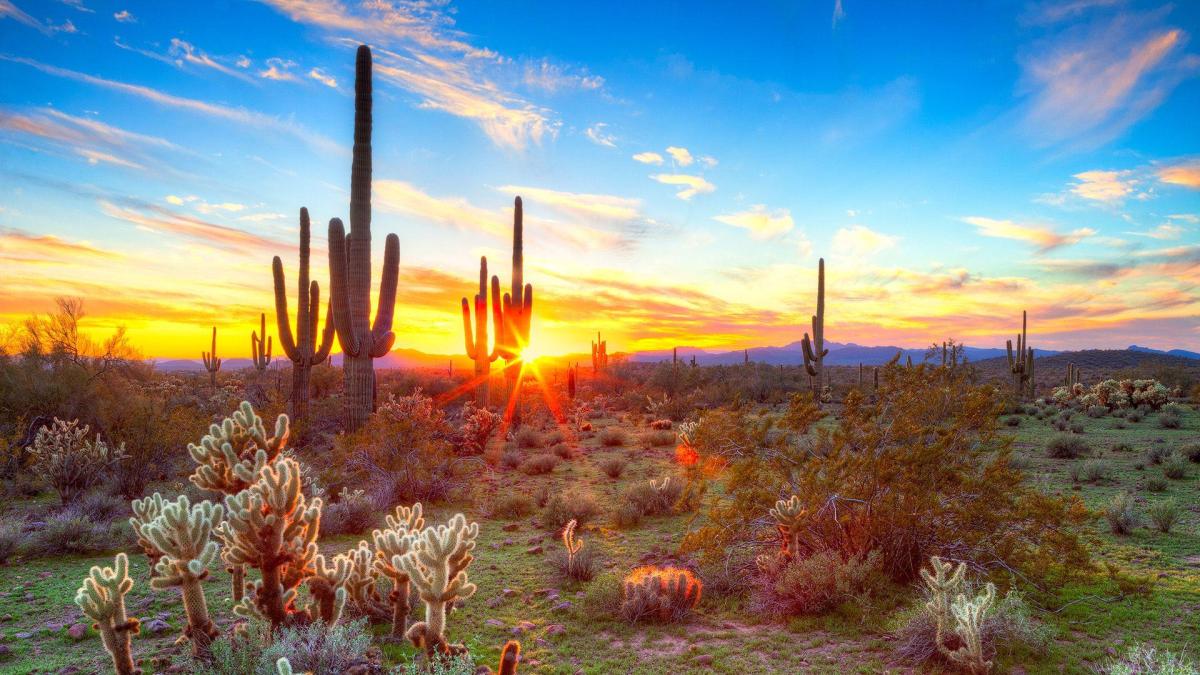
Biomimicry and Conserving Desert Resources Part 2
This lesson is the second lesson of a two-part series where students investigate concepts of biomimicry and apply them to the real world with issues like resource scarcity. In this lesson, students expand on Part 1, where they discussed examples of biomimicry and "redesigned" a desert species. Here students will develop an invention with their peers that addresses a resource need. Students will brainstorm ideas for ways that they could address issues with heat, water and other conditions in the desert by using strategies of desert organisms. They will then design a product and present their design to the class.
Lesson Plan Link/URL
https://docs.google.com/presentation/d/1sjJAJTMTXsWv9KluwfiXZts4utvWLcB4/edit?u…Related Content

In this virtual reality frog dissection, students get to explore the anatomy of a female frog inside and out. The frog’s respective organs are scientifically accurate models to scale, allowing

In this project, students will create a professional blueprint of their real-life home. Students will then do research to find at least ten places in the home that impact the environment (positive or

In this lesson, first-grade students will explore the concept of resource sharing in nature using dioramas. The lesson is designed to help students understand that living things, such as plants and